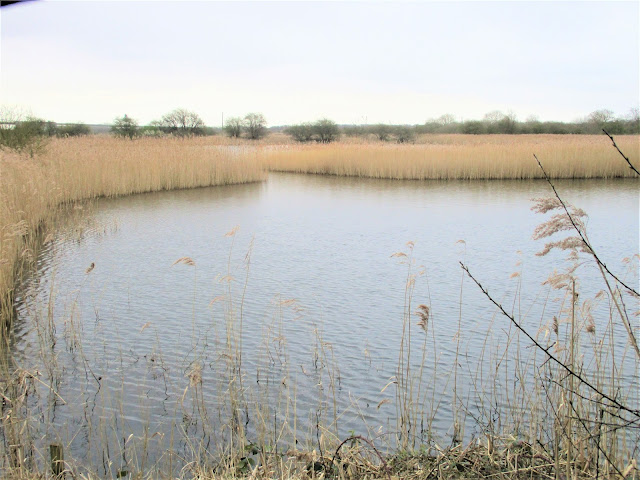 |
| One of the lakes at Far Ings nature reserve near where the lodges might be built |
A PLAN for 19 lodges next to the Far Ings nature reserve at Barton-on-Humber has been put in jeopardy because the site is vulnerable to potentially dangerous flooding
The Environment Agency has lodged an objection to the planning application, stating that the scheme would pose "an unacceptable risk to life from flooding".
It says: "Areas behind flood defences are at particular risk from rapid onset of fast-flowing and deep water flooding, with little or no warning, if defences are overtopped or breached.
"The site has a hazard classification of 'danger to all’, indicating peril to all types of people, including emergency services, under present day conditions as well as when allowance is made for climate change.
"The site could experience flood depths of greater than 2.0m, arising from a breach in the defences during a flood that has a 0.1per cent chance of occurring in any one year up to 2115, allowing for climate change.
"Moreover, it could experience depths greater than 2.0m arising from a breach during a flood that has a 0.1per cent chance of occurring in any one year under present-day conditions."
The EA points out that there is also uncertainty over the future management of defences in this location, particularly post 2028.
In addition, due to their temporary nature, lodges/caravans are more susceptible to the consequences of flood risk as they become unstable during flooding, putting occupiers at significant risk.
Far Ings was badly flooded during the tidal surge of 2013.
Applicant Tom Hazeldine believes the risk could be mitigated if the accommodation were to be installed on the first floor of the lodges, but this has not washed with the EA.
Is there any way, the agency might lift its objection?
It states: "We would only withdraw our objection on the basis of a temporary permission.
"We request that, should the planning authority decide that the proposal is otherwise acceptable, the lifetime of the proposed development be curtailed.
"This can be achieved by time-limiting any planning permission by means of conditions requiring review of that permission (initially in 2028) in relation to rates of coastal change and removal of the development prior to the anticipated impact of the coastal change.
"A condition would also be required to prevent use of the lodges at the time of year when tidal risk is highest.
"No lodges should be occupied between 1 November (or the following Sunday, if half terms extends into November) in any one year and 14 March in the succeeding year."
There have also been numerous objections from naturalists plus the Lincolnshire Wildlife Trust.
A planning decision is not expected to be made by North Lincolnshire Council until later this year at the earliest.




























